Question
 max
max
My beagle is a year and a half. I've had him since he was eight weeks old. My family and I have rescued dogs of various breeds since I was nine years old. I have never had a problem with training any dog before. I've always had just great, loyal, loving pets. Max is the exception. I've never had a beagle and when I saw him sitting in this pen at a fish store being harrassed by a bunch of teenagers, I had to get him out of there.
Here are a list of the things that he does:
1. Even after he's relieved himself outside (pee & poop), he'll come inside and poop again and then proceed to eat it.
2. When we have people over, or we are walking outside and someone stops to say hello, he pees all over them.
3. After he's come in from outside, he starts running around like a complete maniac & barks.
4. If he hears the slightest noise from outside, he starts howling which either wakes up or just royally upsets our five month old daughter.
5. We've tried the choke collar, the walking collar, every walking aide known to man, and he still runs in front of us when we're taking him out.
6. He nips and bites.
I'm concerned and I really just don't know what to do. I've taken him to two trainers, I've spoken with the vet, I've looked up information online, I've watched the dog training shows on television. I've tried everything.
I don't know what to do. I'm afraid to give him away because I fear that whoever gets him will hurt him because he just behaves so badly. Now our landlord is getting on us because he's such a bad dog.
I can't afford any more training classes, I've already spent a few hundred dollars on them. I would really like to avoid having to use those electric trainers. But I know that if his behavior doesn't change dramatically, and doesn't change soon, one mishap towards our daughter and my husband will have him out or put down, and I don't want that to happen either.
The veterinarian has said that some of his behavior could be seperation anxiety. He's not cooped up. He's taken to the dog park, he's taken out on walks, we have a courtyard where he can run around. He's only crated when we go out to the store. He has two beds of his own. He's very well taken care of, and I don't give him scraps of food or anything, just dog food, and a treat for when we go out to the store and he has to go into the crate. My brother in law told me to hold him down to show that i'm the alpha when he's acting up. That doesn't work at all. He doesn't respond to anything.
Please help. I don't want to give up on him, but as my daughter gets older, the time for her to begin crawling and walking is upon us and I can't afford him running around like a maniac or biting her. I know that if he messes up once, he's either out of the house or he'll be put down. I don't want it to get that far.
AnswerTo first address your list:
1. The dog may be eating his excrement because he knows the presence of it is upsetting to you or others in your household; he's eliminating the evidence. He needs to be kept outdoors for at least fifteen minutes each episode, six times daily (first thing AM, mid-morning, noon, mid-afternoon, early evening, just before bed.) Every effort at elimination outdoors needs to be praised and food rewarded (tidbit of cheese or chicken frank.) As he learns this will be rewarded, he will consistently repeat the behavior that is more rewarding.
2. This dog is at his wit's end; he is most likely marking everyone to make a statement of his presence. while leg lifting on humans is aberrant, it's not as uncommon as you think, and is always a statement of rank that's the result of anxiety.
3. At 18 months of age, brain development (ongoing since approximately nine months in some breeds, different in all) causes states of high excitability (such as running around like a maniac, barking hysterically, inability to self calm.) The manner in which to control this behavior is to keep the dog on house tab for the next few months. This is a long, lightweight nylon leash. Restraint of this type helps a dog to be calmer (can actually stop obsessive compulsive behaviors such as tail chasing, circling, etc.) Such a house tab will also prevent the dog from sneaking off to eliminate in the home. If you SHOULD find such elimination in the home, YOU MUST IGNORE IT TOTALLY and do not clean it up until the dog is not present.
4. His hyper sensitivity to sound results in his anxiously attempting to alert you; the dog is emotionally distraught. Normally, a dog will signal whenever something alarms him and, when the owner checks out the situation, is able to respond to calm command "enough", or "shhh". This dog cannot do that.
5. A choke collar, or ANY COERCIVE DEVICE (or forcibly dominant behaviors such as holding him down, rolling him over, all advised by people who should be taking garbage to the dump, not training dogs), and any totally obvious inability on your part to control him (and then using methods that harm or frighten him) has created a basket case out of this dog, and....
6. This is the result. Fear and a high, constant state of anxiety often creates aggression.
You need to find another veterinarian. the one you presently use has no idea what he's talking about. I don't care how much money you've spent on this dog, spend more. Look for a high end veterinary practice with multiple veterinarians and possibly one that has a veterinary neurologist. There is medication available to help this very young dog to calm down, but you also must do active behavior modification. The Beagle can be a serious problem breed, due to the nature of its breeding. Beagles are a ubiquitous breed and most are bred by human miscreants who are trying to make a quick buck; these puppies come from fearful, undernourished dams (mothers) who are subjected to the worst sort of "care". NO GOOD BREEDER WOULD PUT A PUPPY INTO A PET STORE. At a young age, 8 weeks, at the beginning of a fear phase, he was subjected to abuse in a pet store that should be reported to the humane society and shut down. Some of these breeders deliberately supply laboratories and vivisectionists, that's what sort of low life human we're talking about. This puppy came from a horrible, abusive, neglectful environment as a neonate where he was most likely underfed (and his dam was most likely unable to properly nourish her babies), lived in filth, then treated like a plastic object and shipped off to some revolting pet store for what was most likely only a small amount of money.
Watching trainers on television (especially one, who should be dropped off the Brooklyn Bridge -- I try not to watch him, but once in a while I happen to catch him doing something ABOMINABLE and BEYOND STUPID to some unsuspecting owner's dog) will NOT do it; taking advice from dog trainers with NO educational credentials most likely MADE IT WORSE. Obedience classes, especially ANY using coercion or pain, MADE IT WORSE, building associations in the dog's mind between approaching humans and being hurt. Asking your father, mother, brother, sister, neighbor, pastor, or anyone with NO EXPERIENCE, will NOT DO IT. Holding the dog down will cause him to BITE, AS IT SHOULD. He is terrified; he is insecure; he has been psychologically battered by a steady stream of idiotic, uninformed training.
He needs medication and he needs serious behavior modification. He may have an inherited neurological problem, which is why he needs to see a well educated, experienced and knowledgeable veterinarian (not the guy at the "corner".) THIS DOG CANNOT BE REHOMED. You do NOT know how to do it, first, and he will end up as Pit Bull bait; second, NO ONE will knowingly take a dog with problem behaviors (although I can almost GUARANTY you that if he were in a home with calm, consistent, positive reinforcement training and appropriate psychological leadership, he would LOSE ALL these behaviors, and may never demonstrate them to begin with.)
while your heart was in the right place, you did not do what was necessary: find a credentialed, certified expert, not some dog trainer with a long list of make believe credentials earned by paying dues to some training organization. This sort of emotional hysteria and inattention requires intelligence and real experience.
1. Find a very sophisticated veterinary practice and take him there.
2. Purchase a gentle leader and teach the dog to wear it: as you put it on at home, feed him tiny bits of cheese or chicken frank. Repeat this several times a day over the course of a few days until he anticipates the head collar and reward, then take him outdoors with TWO leashes: one on his martingale collar: see this link
http://www.canineoutfitters.com/martingale_collar.htm
and one for the HEAD COLLAR separately. Keep your left hand lightly at the middle of the head collar leash while holding both in your right hand. DO NOT LEAD THE DOG BY THE HEAD COLLAR, this is frightening to a dog and can harm him physiologically. Go into your yard and do some exercises with the dog: walk in wide circle, then abruptly walk in a circle in the other direction. Each time you plan to change direction, say, "Come along" and use the head collar GENTLY to turn the dog's head in the new direction, then pop a treat into his mouth the moment he turns. Keep walking in circles for a few minutes with the "come along" phrase and the reward when the dog follows the head collar in the new direction. Then pretend there is a large, long ladder in front of you on the ground (or, if you have one, put it down.) Walk in a zig zag pattern as if you are passing through the rungs of the ladder, weaving in and out; at the "end" of the "ladder", turn back with your "come along", GENTLY using the head collar, and treat, then zig zag back. Then begin walking straight lines, occasionally doing an about face with "come along" and treat. As dogs perform complex behaviors, their cognition increases (there is a change in brain wave patterns); the dog will not be afraid, he will be attentive and LEARNING. When you are finished with this approximately 15 to 30 minute exercise, go in the house, praise the dog, take off the head collar, put on the house tab; if he becomes hysterical (and this should begin to phase out as his trust in walking with you increases), CALMLY pick up the house tab and hold onto it for a few minutes until he calms down. DO NOT CRATE HIM, this will teach him nothing and in an emotionally heightened state it will be severely punishing for him.
Every day for at least a week, take the dog out to your yard and perform the training exercises described above. The dog will LEARN TO BE CALM AND TAKE DIRECTION, for food reward but ultimately for praise. Do NOT take this dog out on walks of any sort, except for these exercises, until you SEE that he UNDERSTANDS and begins to anticipate your changes in direction. DO NOT STOP giving him food treats; you will be taking this head collar, these "come along" signals and changes of direction, to the STREET and you will need the food treats. The Beagle is a marvelous companion dog but they are STRONGLY PACK RELATED and in your "pack" he is confused and without leadership (VERY BAD ADVICE has been given you.) He must LEARN to trust you. This involves your calm, persistent effort at retraining him on leash outdoors (VERY IMPORTANT); if you are anxious, it goes down the leash; if you are unable to control him (as he lunges forward, a very anxious behavior), he thinks that you do NOT KNOW HOW (which is terrifying because he can't certainly figure out how to control you.)
If, on the street, you meet someone and anticipate the dog will lift his leg on that person, DO NOT STOP, go in the opposite direction. Do this until you have a SOUND, 100% reliable response to a behavior you will teach him using positive reinforcement training. Go to ClickerTraining.com and get what's necessary to use operant conditioning to TEACH THIS DOG how to please you; because he has such sound sensitivity, PUT THE CLICKER IN YOUR POCKET WHEN YOU FIRST USE IT. Teach him "SIT" but do not use that word, make one up (and don't tell anyone else what it is). Several short sessions every day, you will work with this dog, until he has a conditioned response to the "sit" command AND DOES IT EVERY TIME WITHOUT FAIL, throughout your house; now take it to the back yard, then the front yard, etc., always remembering that you may have to go back to SQUARE ONE and re-teach it BRIEFLY in ANY NEW SETTING. Within a few weeks, he will be able to "sit" reliably ANYWHERE so long as you do not allow him to become emotionally out of control. THEN you will use the "sit" if you have to stop to greet someone on a walk, and you can do several setups over the course of two weeks (with friends, neighbors, anyone who will help). Here is the setup: you are walking dog (wearing head collar and martingale collar with two leads, as instructed) down the street. your setup person (SP for now) approaches casually; dog sees SP; WATCH THE DOG closely, at the first sign of any anxiety, CHANGE DIRECTION with the "come along" (treat), then change back and offer a "SIT" command for jackpot (handful of treat). Greet "SP"; if the dog breaks the sit, 'come along" in a circle, then face SP again, "SIT" the dog, reward, continue with conversation. Do this until the dog STAYS IN A SIT, no matter how long it takes. Repeat it with another SP a few days later and keep repeating it until the dog LEARNS that sitting and staying seated is REWARDING. This will solve the leg lifting, the head collar will solve the lunging (but remember, this is a SCENT HOUND and that's an enormously strong instinct, he will want to follow scent, you have to provide a more rewarding alternative.)
Regarding leg lifting on visitors indoors, do not allow the dog to interact with visitors at all until you have obtained a strong conditioned "SIT" and have seen results outdoors CONSISTENTLY. You also must institute a Nothing in Life Is Free regimen indoors and out: the dog must work for everything; but you can't do this until he has a strong conditioned "SIT" and will do it every time. Make him earn every interaction, every meal, everytime he goes in/out, any and all interaction with you. Keep him on this regimen indefinitely but do not allow him to greet visitors until he has been on the regimen for at least three weeks. During this three weeks, monitor the places he wants to hang out. If he obtains any place of authority (thresholds, at the foot of a chair so you can't get up without tripping on him, top of stairs, near front or back door, any position of authority), use the house tab and tell him, calmly, to "MOVE". Do not use your hands to attempt to control this dog; he is demonstrating fear aggression. Until he has learned to TRUST YOU, until he has learned that you are a source of CALM, psychological authority, he will bite.
I want you to read everything credible you can get your hands on regarding dog communication (body language), dog psychology and positive training. Read: John Fisher's "Think Dog"; read Turid Rugaas' "Calming Signals"; read Karen Pryor's "Don't Shoot the Dog"; read "For the Love of A Dog" and "The Cautious Canine", both by Patricia McConnell, Ph.D. DELETE the channel with that ignorant miscreant on it; if you must watch anything, choose Victoria Stilwell but remember, the actual work of behavior modification takes weeks (and sometimes months) and normally a professional is required who can evaluate the dog in person. Even Victoria makes mistakes (and I watch her program quite a bit). What will happen when your daughter begins to crawl and toddle is not something I can predict, but I CAN predict that using the techniques found herein will help him to be a calmer, more reliable, less volatile, more secure companion; he also needs to obtain some maturity -- a few more months can mean a great deal in a dog this age. He is frightened; he is confused; his life is in your hands. You really should call the veterinary school in your geographical location and ask for referral to a certified applied animal behaviorist. While I understand your husband's concern, his ANGER is unacceptable. This is an innocent animal. Dumping this dog IS NOT AN OPTION. You will never be able to live with yourself. If you must get him out of your home, look for credible Beagle rescue (they see all sorts of aggression problems in this breed) but be sure they are associated with the AKC Beagle organization, not a bunch of make believers trying to do a "good" thing. I do NOT think this dog needs to be put to death; but should you decide to do that, do it HUMANELY. Do not allow anyone to take him to a municipal kill shelter and dump him there.
If there's any further help I can offer, don't hesitate to repost.


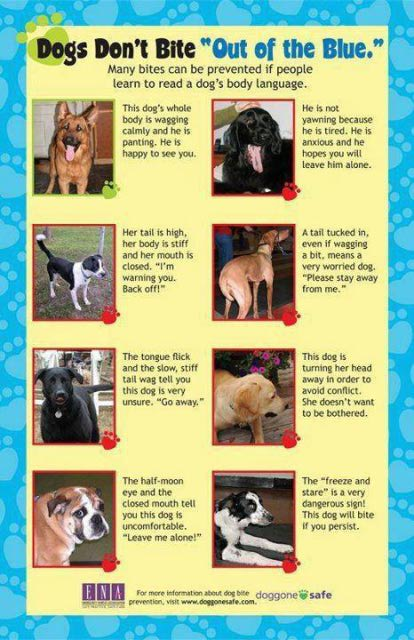 Is this aggression, dominance, or play?
QuestionQUESTION: I have a question regarding doggy beh
Is this aggression, dominance, or play?
QuestionQUESTION: I have a question regarding doggy beh
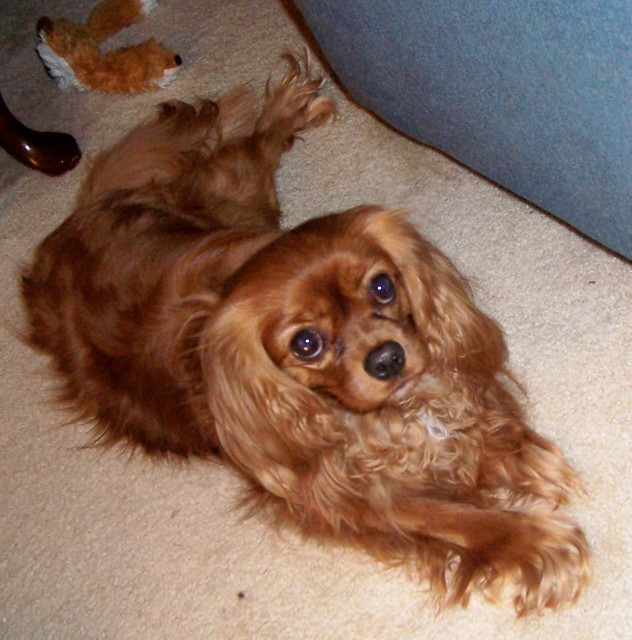 Dog light and shadow chasing
Question
Jenni
My 3 year old Cavalier King Charles Span
Dog light and shadow chasing
Question
Jenni
My 3 year old Cavalier King Charles Span
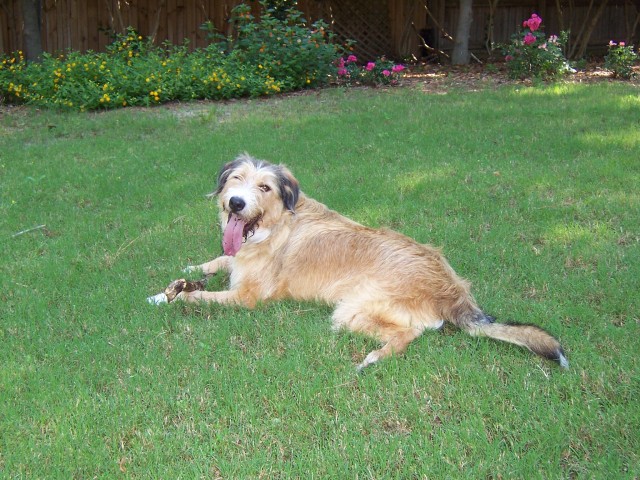 anxious dog
Question
Louie
Hi, We adopted a 2 year old male A
anxious dog
Question
Louie
Hi, We adopted a 2 year old male A
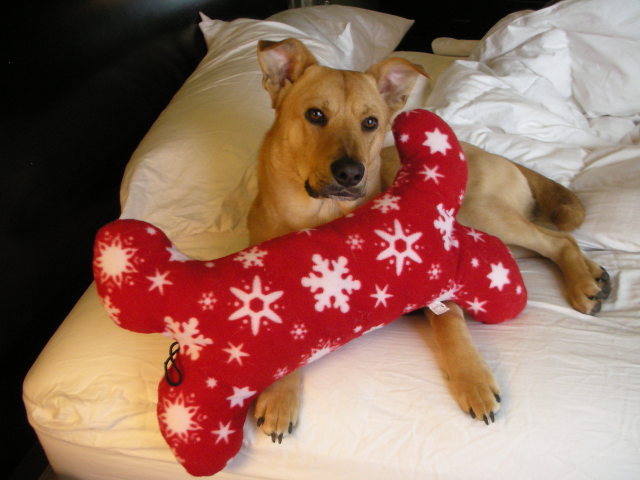 Very Scared Dog
Question
Happy
My dog is 17 months old and is a mixed b
Very Scared Dog
Question
Happy
My dog is 17 months old and is a mixed b
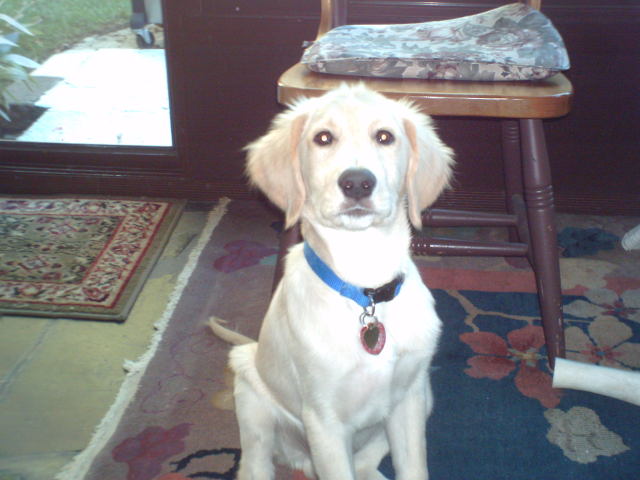 my 7 month old golden changed for the worse
QuestionRiley at 6 months
QUESTION: I got a gold
my 7 month old golden changed for the worse
QuestionRiley at 6 months
QUESTION: I got a gold